Survival Rules in Humid Climates: White Paper on High-Moisture Raw Material Processing Technology for Biomass Pellets in Southeast Asia

n Challenges of High-Moisture Raw Materials
1.Reduced Pellet Density: Excess moisture hinders compression, leading to loose, fragile pellets with low combustion efficiency.
2.Corrosion & Downtime: Prolonged exposure to steam and humidity accelerates rust in machinery components like rollers and molds.
3.Energy Inefficiency: Drying high-moisture feedstock consumes significant energy, raising production costs.
n Key Technologies for Humidity Control
1. Intelligent Pre-Drying Systems
Modern biomass pellet machines integrate automated drying modules that adjust heat and airflow based on real-time moisture sensors. For example, rotating hollow drums with hot-air circulation systems ensure uniform drying while minimizing energy waste4. Technologies like pulsed cyclone bag dust collectors further enhance efficiency by recycling heat.
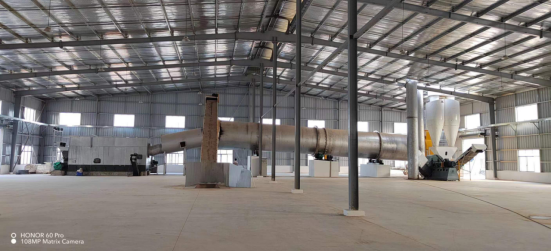
2. Anti-Corrosion Material Design
To combat humidity-induced corrosion, critical components such as molds and rollers are now crafted from alloy steel or coated with anti-rust nanomaterials. These upgrades extend equipment lifespan by 30-50%, even in coastal Southeast Asian regions.
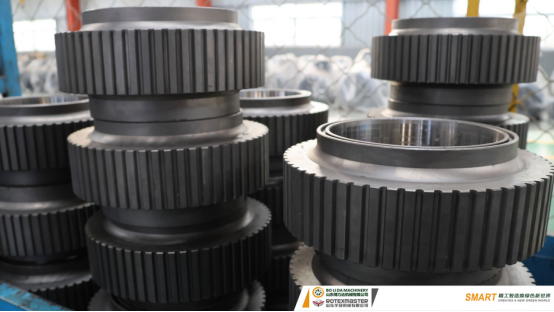
3. Closed-Loop Humidity Management
Advanced systems combine drying, cooling, and screening into a single workflow. For instance, post-pelletizing cooling towers prevent reabsorption of ambient moisture, while AI-powered humidity controllers maintain optimal conditions (10-15% moisture) throughout production.
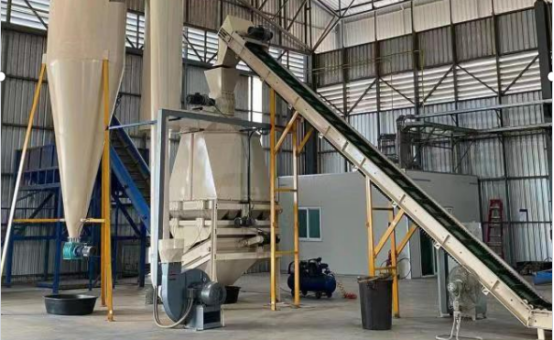
4.Modular Adaptability
Flexible biomass pellet machines allow quick adjustments for diverse feedstocks like palm kernel shells or rice husks. Features such as interchangeable molds and adjustable compression ratios ensure consistent pellet quality despite varying raw material properties.
n Case Study: Success in Southeast Asia
A palm waste processing plant in Thailand reduced downtime by 40% after adopting a biomass pellet machine with integrated humidity control. By combining heat-recycling dryers and corrosion-resistant molds, the plant achieved a pellet density of 1.2 kg/m³, meeting EU certification standards.
n Best Practices for Tropical Biomass Production
1.Feedstock Pre-Screening: Remove debris and oversized particles to optimize drying efficiency.
2.Daily Maintenance Routines: Clean air vents and inspect seals to prevent moisture buildup.
3.Hybrid Energy Systems: Pair solar panels with biomass dryers to offset energy costs.
n Shandong Bolida Machinery: Your Partner for Humid Climates
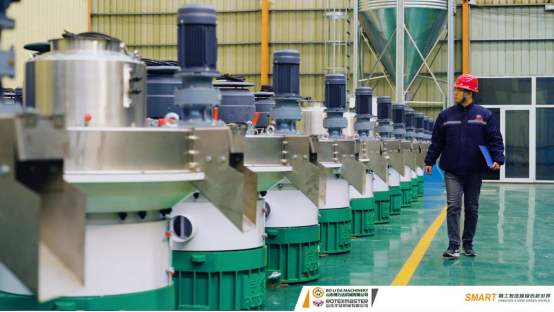
Shandong Bolida Machinery Co., Ltd., a pioneer in biomass technology, offers tailored solutions for Southeast Asia’s unique challenges:
1.Triple-Drying Integration: Combines belt, microwave, and hot-air drying for 40% faster moisture removal.
2.AI-Driven Predictive Maintenance: Detects corrosion risks and optimizes lubrication cycles.
3.RCEP-Certified Design: Complies with ASEAN sustainability standards for seamless export.
n Proven Success: Over 50 installations in Malaysia, Thailand, and Vietnam,achieving an average 22% reduction in operational costs.
High humidity no longer needs to be a barrier to profitable biomass pellet production. By adopting next-generation biomass pellet machines with intelligent moisture control and corrosion-resistant engineering, Southeast Asian manufacturers can unlock higher efficiency, lower costs, and access to premium global markets.
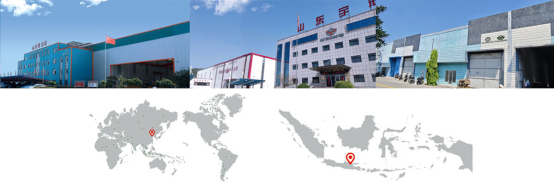
Shandong Bolida Machinery Co., Ltd., established in March 2017, is located in the West side of Dazhan Community in Mingshui Street, Zhangqiu District, Jinan City, Shandong Province with superior geographical location and convenient transportation.
View MoreCopyright © Shandong Bolida Machinery Co., Ltd., All Rights Reserved | Sitemap | Powered by 

